-
Singapore
Copyright © 2025 Powered by BCI Media Group Pty Ltd
Confirm Submission
Are you sure want to adding all Products to your Library?
Contact Detail
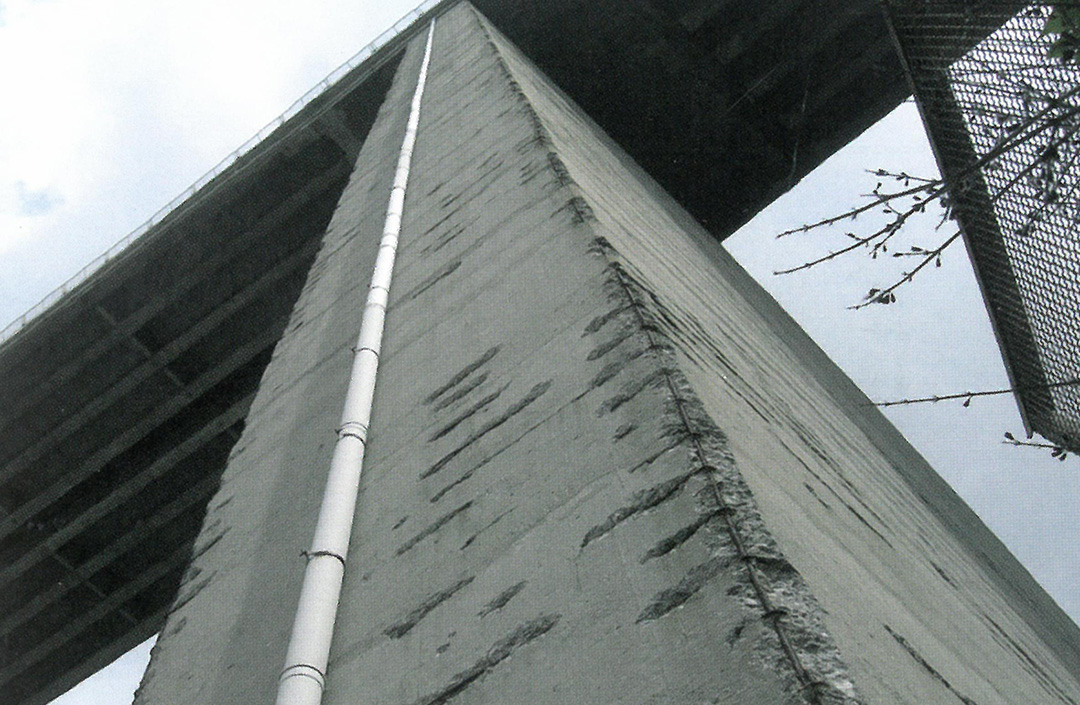
Spalling concrete is a common issue especially for old buildings.
What happens when concrete spalls?
Spalling results when two elements are present in the concrete, air and moisture. The penetration of carbon dioxide in the concrete, also known as carbonation, interacts with water and causes the steel reinforcing bars embedded in the slab to rust and expand in volume. The expansive forces upon the surrounding concrete eventually forces the concrete/painted surface to peel, crack, or break off.
Spalling of concrete is an undesirable condition; not only do they pose a potential hazard if the spalled concrete falls and strikes a person, they may also affect the structural integrity of the structure.
An example is of residents reporting on falling concrete chunks at home which could potentially injure household members.
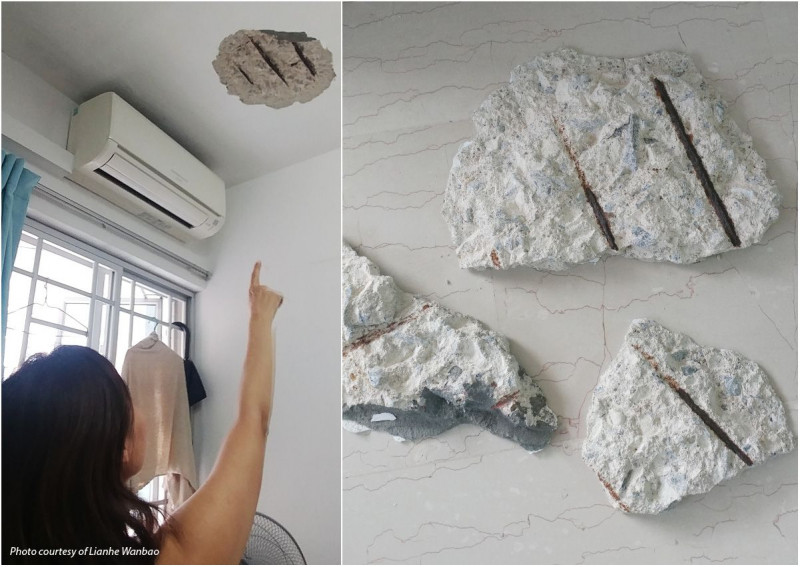
What to do when concrete spalls?
There are several methods to go about it. Mapei recommends some examples for treating spalled concrete for building structures in commercial setting and home setting.
For Homes
1. Ensure sufficient ventilation - A humid environment will speed up carbonation. It is recommended to open the windows and doors of especially closed-in spaces such as kitchen and toilets to reduce humidity.
2. Seal cracks/ holes properly - Check your ceiling and facades for any holes or cracks. The cracks or holes drilled and left unused should be sealed immediately to prevent moisture and carbon dioxide from entering the concrete.
3. Repair spalling concrete – Engage a contractor to remove the spalled concrete until the steel bars are exposed. The rust on the steel bars are to be removed with a wire brush and then coated with anti-corrosion paint (Mapefer 1K). Thereafter, patching is done with grouting mortar Planitop G40 SP or Planitop Smooth & Repair R4 to obtain a smooth finish. Painting of the surface is the last step.
4. Painting - Painting surfaces will help seal off the cracks and reduce moisture and air from entering.
For Commercial buildings/structures
- Sealing of dry and wet cracks
First, check for cracks on the concrete surface. Cracks have to be sealed and treated to prevent water and air from entering.
For dry cracks, Mapei recommends epoxy resin, Epojet LV, for injecting into the micro-cracks to seal them. This product is also suitable on damp surfaces, beams, pillars and building structures. Adesilex PG2 SP epoxy adhesive, is suitable for sealing cracks with injectors and repair surface damage.
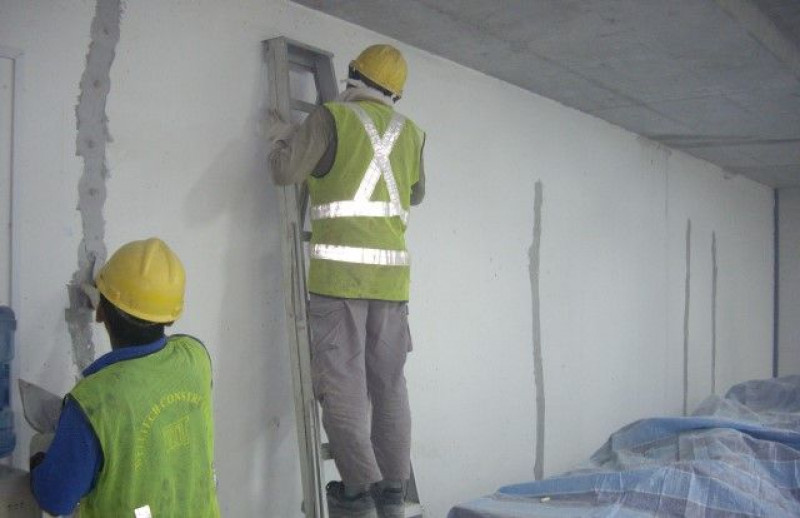
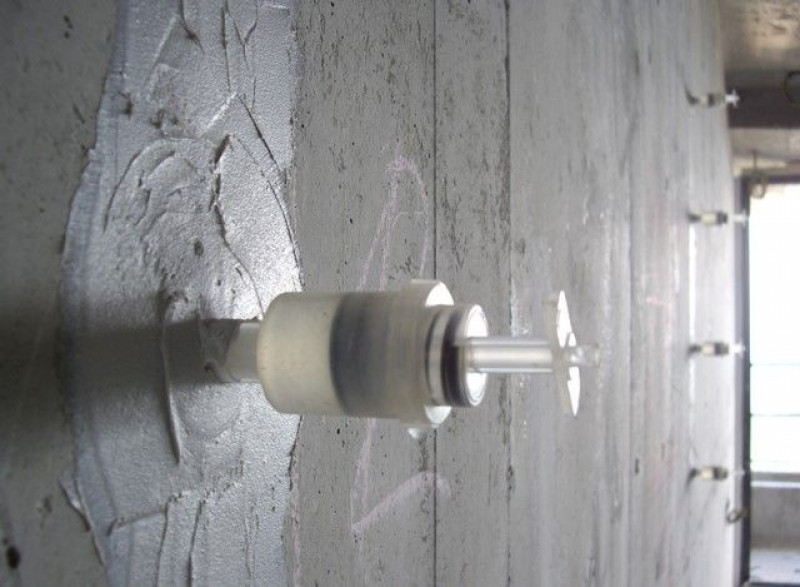
For wet cracks in commercial building structures where there is water leakage, a fluid polyurethane injection resin for waterproofing structures is suitable. Once injected into the structures via packers, what Resfoam 1 KM does is that it increases in volume as soon as it is in contact with water creating a polyurethane foam and thus sealing cracks and blocks water seepages. The process can be followed by sealing the micro-cracks with Epojet LV and Adesilex PG2 SP. Surfaces can then be grinded to ensure a smooth finish.
Repairing corroded steel bars
If corroded steel bars are detected, the first step is to remove the spalled concrete to expose the corroded steel bars. Next, remove the rust by using a wire brush and then coat the steel bars with anti-corrosion cement mortar/paint (Mapefer 1K or Mapefer). If the corroded steel bars are in a bad condition, they may have to be removed and installed a new one in its place. The area has to be patched back with a non-shrink grout/mortar, Planitop Smooth & Repair R4 fibre-reinforced mortar for the repair of concrete.
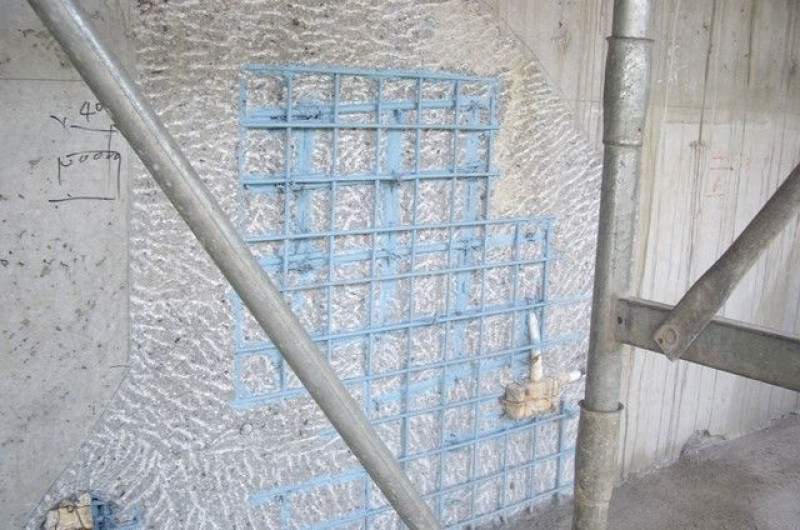
Thereafter, there is the option to protect and waterproof the structure. For this, Mapei recommends flexible waterproofing cementitious mortar, Mapelastic. The last step is to paint the surface for a final finish.
Above is just one example of repairing concrete. There are many scenarios on concrete deterioration, be it repairing and grouting a pillar in a pile foundation, strengthening a floor slab on a pier or doing repairs on a viaduct. Every scenario requires different methods of treating the problem. The first step is to detect the cause of corrosion and then recommend suitable solutions.
Write to Mapei for consultation on deteriorating concrete for your project needs.



